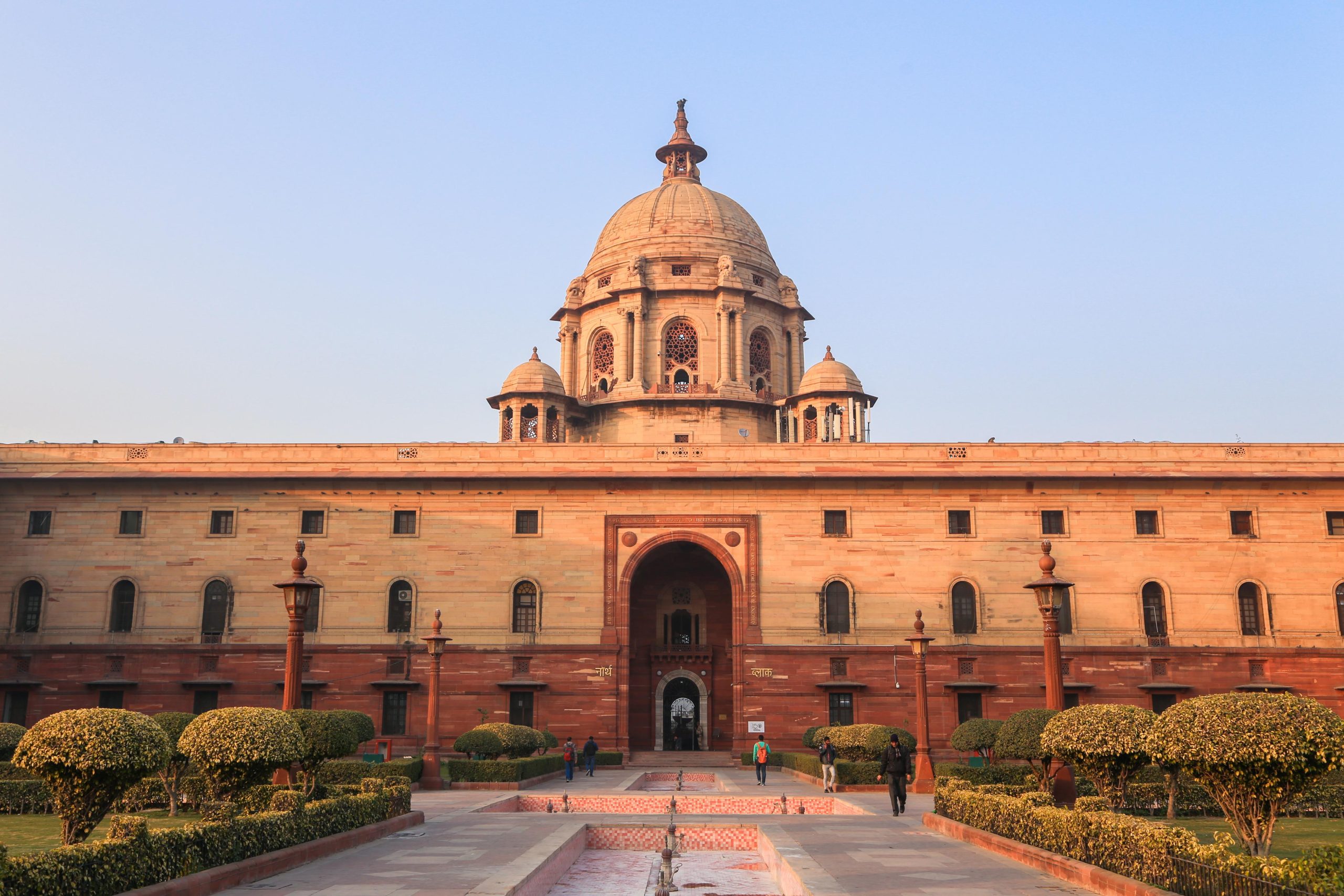In the world’s largest democracy, India, the parliamentary system plays a crucial role in governing the nation. At the heart of this system lie two integral bodies – the Lok Sabha and the Rajya Sabha. While both are part of the Indian Parliament, they possess distinct characteristics and functions that differentiate them. This article aims to delve into the differences between the Lok Sabha and the Rajya Sabha, highlighting their roles, composition, powers, and significance in shaping the nation’s legislative landscape.
Composition and Representation
Lok Sabha:
The Lok Sabha, often referred to as the “House of the People,” is the lower house of the Indian Parliament. It is comprised of members who are directly elected by the citizens of India through a general election. The total number of seats in the Lok Sabha is fixed at 545, with two members being nominated by the President to represent the Anglo-Indian community if it is not adequately represented.
Rajya Sabha:
The Rajya Sabha, also known as the “Council of States,” serves as the upper house of the Indian Parliament. Unlike the Lok Sabha, members of the Rajya Sabha are not directly elected by the citizens. Instead, they are chosen by the elected members of the State Legislative Assemblies and Union territories. The total number of members in the Rajya Sabha can vary, but it is usually around 245 members.
Role and Functions
Lok Sabha:
The Lok Sabha plays a pivotal role in the legislative process. It holds the power to introduce, debate, and pass bills on various matters, including those related to finance, budget, and policy decisions. The Lok Sabha also performs critical functions such as questioning the government, representing the people’s interests, and discussing issues of national importance. The Prime Minister and the Council of Ministers are collectively accountable to the Lok Sabha.
Rajya Sabha:
The Rajya Sabha serves as a platform for revising and refining legislation proposed by the Lok Sabha. It provides an avenue for experienced and knowledgeable individuals to contribute to the legislative process. While it cannot introduce money bills (those related to taxation and government spending), it can recommend amendments and suggestions on such bills. Additionally, the Rajya Sabha can discuss matters of regional significance and ensure that legislation isn’t hasty or biased.
Powers and Significance
Lok Sabha:
As the directly elected representative body, the Lok Sabha holds significant power. It has the authority to form the government, and the Prime Minister is usually the leader of the party with the majority in the Lok Sabha. The Lok Sabha’s control over financial matters, especially its exclusive right to introduce and approve money bills, makes it a potent force in shaping the nation’s economic policies.
Rajya Sabha:
The Rajya Sabha acts as a check on the Lok Sabha’s power, preventing the tyranny of the majority. It represents the federal nature of the Indian polity by ensuring that states and Union territories have a voice in the central legislative process. Its ability to suggest amendments to money bills and its role in confirming key appointments, such as judges of the Supreme Court and the President, bestows it with significant indirect influence.
In the vibrant tapestry of Indian democracy, the Lok Sabha and the Rajya Sabha each contribute a distinct thread, forming a comprehensive and balanced legislative process. The Lok Sabha, as the direct representative of the people, drives policy decisions and government formation, while the Rajya Sabha acts as a repository of expertise and a check on potential excesses. This dynamic interplay between the two houses ensures that the diverse voices of the Indian populace are heard and considered, ultimately leading to well-informed and comprehensive governance.



